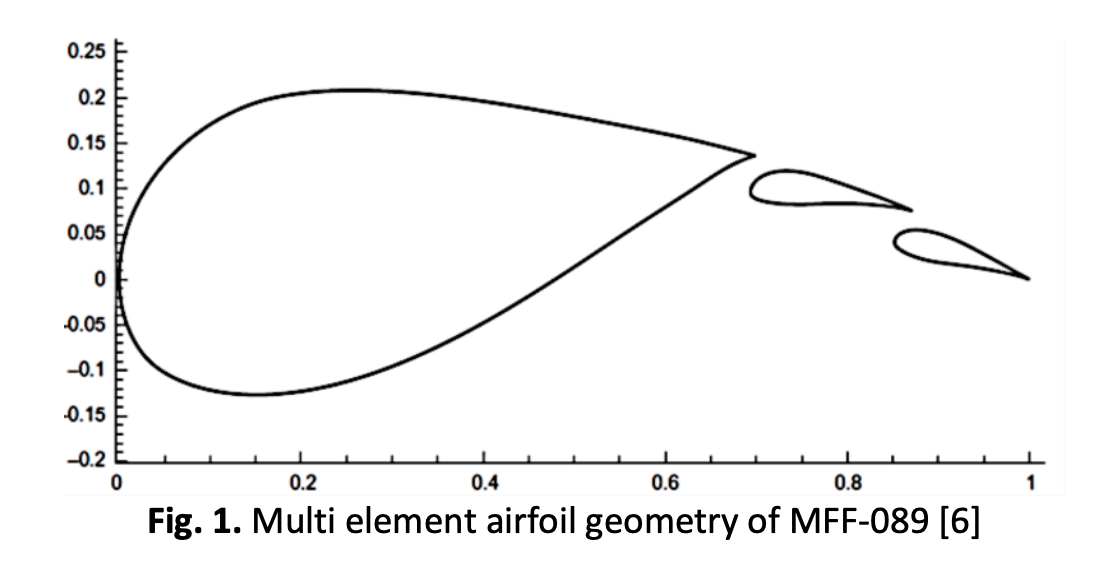Investigating the Performance of a Novel Multi-Element Airfoil Concept Using Numerical Analysis
DOI:
https://doi.org/10.37934/arfmts.97.2.126145Keywords:
Flow separation, wind turbine, NACA 0021, CFD, VAWT, HAWT, glide ratioAbstract
Separation control is one of the trending topics recently for Vertical Axis Wind Turbine (VAWT) applications, flow separation that occur on the suction side of an airfoil is a major limitation for VAWTs starting and power coefficient; passive control of flow separation has been attracting wind energy research community recently. The principle objective of this paper is to investigate the effect of the multi-element airfoil on the aerodynamic characteristics at wide range of angles of attack at a Reynolds number of 140,000. The multi element airfoil modification has been implemented by replacing the baseline airfoil with two airfoil members within the same geometrical profile of the original baseline airfoil, cambered and symmetrical airfoil members were investigated in this work. The cambered airfoil sections were made of the NACA 4412 airfoil while the symmetrical airfoil sections consisted of the NACA 0015 airfoil. The baseline airfoil is a profile of NACA 0021. The numerical investigation was executed using computational fluid dynamics (CFD) by the usage of ANSYS FLUENT and the turbulence model used was the k-ε Standard. The results of the present research show that the optimized multi-element airfoil configurations have better performance than the baseline airfoil at high angles of attack. A significant delay of separation was observed using the multi element airfoil, resulted in an increase of 200% in the glide ratio using cambered airfoil members and of 100% using symmetric airfoil members. These results are expected to have a significant effect on the performance of low wind speed wind turbines. In addition, a potential benefit for vertical axis wind turbines, whereas the airfoil generates lift at wider range of angles of attack.
Downloads
































